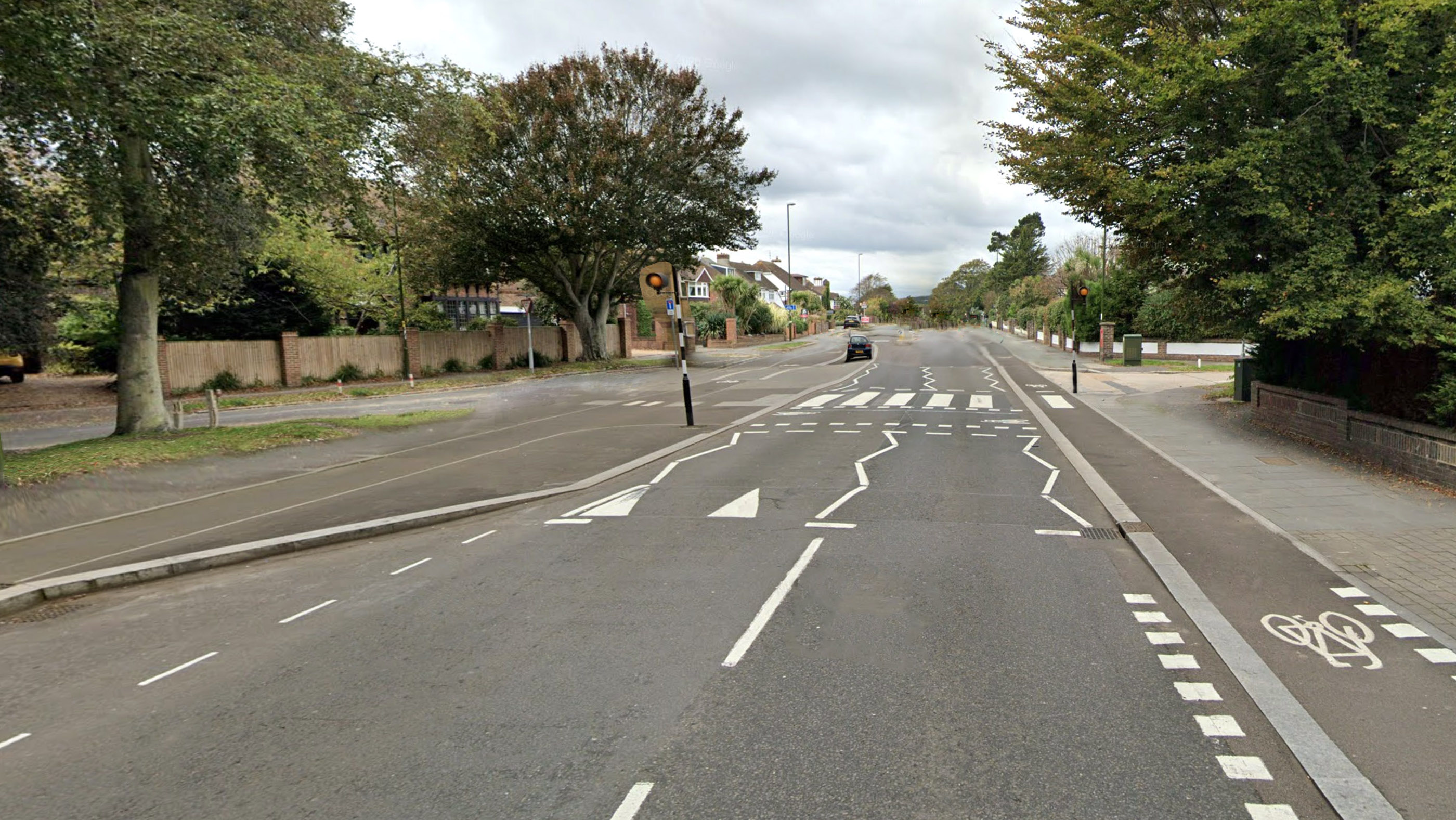It’s easy to agree that we need good quality cycle routes in locations like Upper Shoreham Road. But what’s harder to decide is the exact format and layout that should be used.
There are multiple options, and it takes the knowledge of skilled, specialist designers – combined with the most up-to-date government design guidance – to figure out which one is right for which route.
One of the biggest choices is between two layouts in particular:
Two one-way cycle tracks – one on each side of the road
…or…
A single two-way track, on just one side of a road


This could be one of the key choices we face in Shoreham. Both option have merits – if designed and built properly – but both have their drawbacks.
Let’s take a look:
Two one-way cycle tracks (one on each side of the road)
- Easy and instinctive to understand and use on a bike
- Easy to cross when entering or leaving driveways, with just one direction of cycle traffic to check for
- Well-suited to roads with many side turnings
- Good compliance and usage by people on bikes
But:
- Requires changes to both side of street
- Requires good design alongside parking areas
Single two-way cycle track
- Allows simple, largely unchanged layout for parked cars on the opposite side
- Allows easy overtaking of slower cyclists by faster cyclists
- Can be an efficient use of space
- Well-suited to roads with long uninterrupted sections without junctions
But:
- Potential difficulty or danger for drivers leaving driveways or side roads – with two directions of cycles to check for.
- Additional difficulty for drivers turning into side roads.
- Can mean bike on bikes riding very close to oncoming cars (unless protected by a row of parked cars)
- At night, increased risk of drivers being dazzled by bike lights, and cyclists being dazzled by car headlights
- Increased chance of non-compliance, leading to pavement cycling on opposite side
So, given the options on Upper Shoreham Road, which is best?
Let’s take a look at the Department for Transport design guidance:
6.2.16 – Two-way cycle tracks may result in the following problems:
– transitioning between the cycle track and the carriageway is more difficult for cyclists travelling against the flow of traffic
– the interface between the cycle track and major junctions along the route can be more complex there may be more risks associated with retaining priority over side roads or busy accesses
– cyclists’ accessibility to premises along the route on the opposite side of the carriageway is reduced it is more difficult for pedestrians, especially disabled people, to cross a two-way cycle track where they do not have priority
– cyclists may be dazzled by the headlights of motor vehicles. Similarly, cyclists’ use of highpowered lighting can dazzle or be confusing to oncoming drivers.
How best can we address these problems? The Department for Transport guidance is clear:
6.2.17 – Providing a one way cycle track on each side
of the carriageway addresses most of these issues.
There is a choice – and either option could work – if well-designed. But on balance, given the extra risks and the government guidance, our recommendation is that the option of two one-way lanes offers the best layout for Upper Shoreham Road.
What do you think? Which option will you favour when you participate in WSCC’s consultation?


i would prefer a good wide well-designed track on ONE side of the road, that way we are more likely to see it happen! it works in other places.
LikeLike